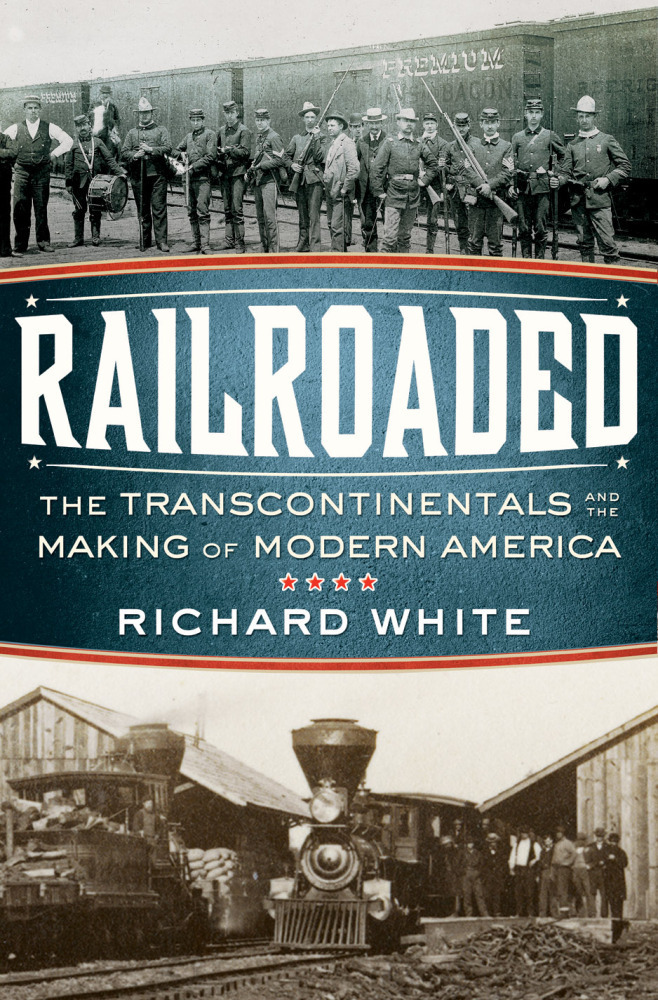Governing: In Railroaded you argue that the great transcontinental railroads were not the embodiments of rough-and-tumble frontier capitalism we learn about, but wasteful, heedless entities that survived only by corruptly securing financial backing from the public. Why does the myth of the railroad generation as a time of corrupt, but fruitful, corporate growth persist?
Richard White: It’s such a useful myth. Barack Obama used to cite it around high-speed rail. I admire Obama for a great many things, but his knowledge of American history in the 19th century took a blow with that one. But I think for his purposes, he couldn’t care less about what the railroads were actually like. What he wants to do is say, “look, we did this once and we can do it again.”
You hear this over and over again. David Brooks says it all the time. Once we were a nation of builders, but now we can’t get anything done. The story of the railroads is a very useful, encapsulated myth for that kind of statement. That’s why they use it. It’s not about what actually happened in American history. It’s a justification for policies they want to pursue.
Governing: The alternative to the transcontinental railroads as they existed was not a lack of progress, or a West without trains. The question instead was whether they should have been subsidized to grow in the way that they did. How might railroad networks and America’s westward development have unfolded if they did not enjoy such government largesse?
White: What would have happened is what, in fact, happened in California. Even though the transcontinentals [reach the West Coast] in 1869, there’s hardly any traffic going across the country. Instead, there is a market on the West Coast so what you get is railroads built in California that feed into San Francisco Bay. Things are put on railroad trains that go into San Francisco Bay. Then they are put on ships and shipped west across the Pacific, or more likely down to Panama. What you have is a hybrid system where the railroads feed the ports. That’s how things operate really until the 1880s, 1890s.
Meanwhile, they build not only those first transcontinentals but all these others and they inevitably go bankrupt. They’re subsidized railroads which do not have traffic and with their attempts to develop traffic, they’re disastrous for Native American people and disasters for the environment. They largely fail.
Governing: You compare development in North Dakota, where subsidized transcontinentals expanded, and South Dakota where no major railroad enjoyed a land grant. What were the effects of this accidental experiment in different forms of development?
White: These are very similar areas, one where you don’t subsidize these railroads and another one where you do. And it turns out in the unsubsidized area the railroads are built more densely in the areas that actually need them. You tend to get smaller farms, you tend to get more equitable land distribution. Settlement ends up being denser, the land ends up being more productive.
In the other areas where there are the land grants [to the railroads], you get the opposite. There’s more scattered settlement and the farms tend to be larger. Because they’re going to be building out into areas that can’t support railroads, you’re going to find railroads like the Northern Pacific going bankrupt.
